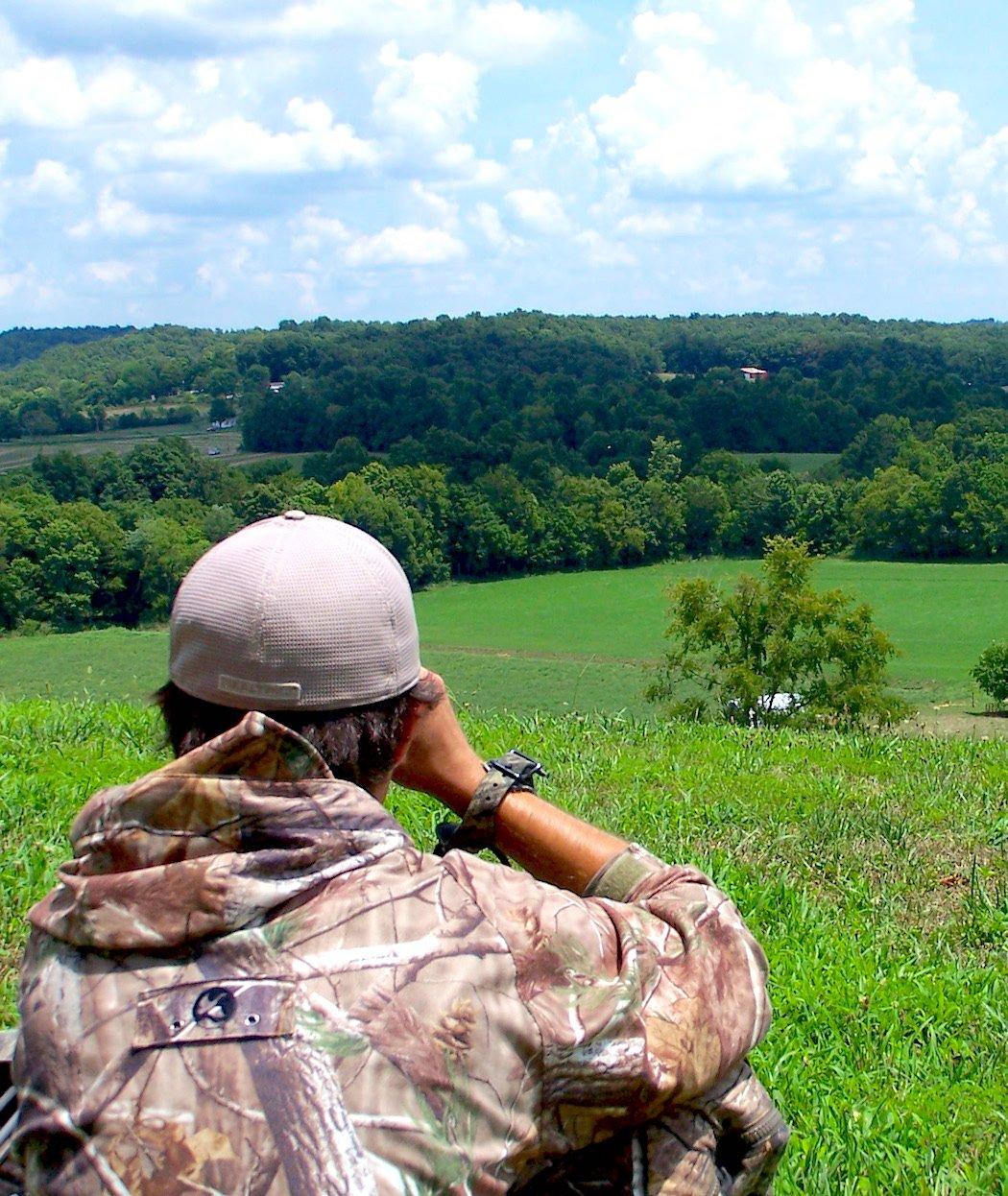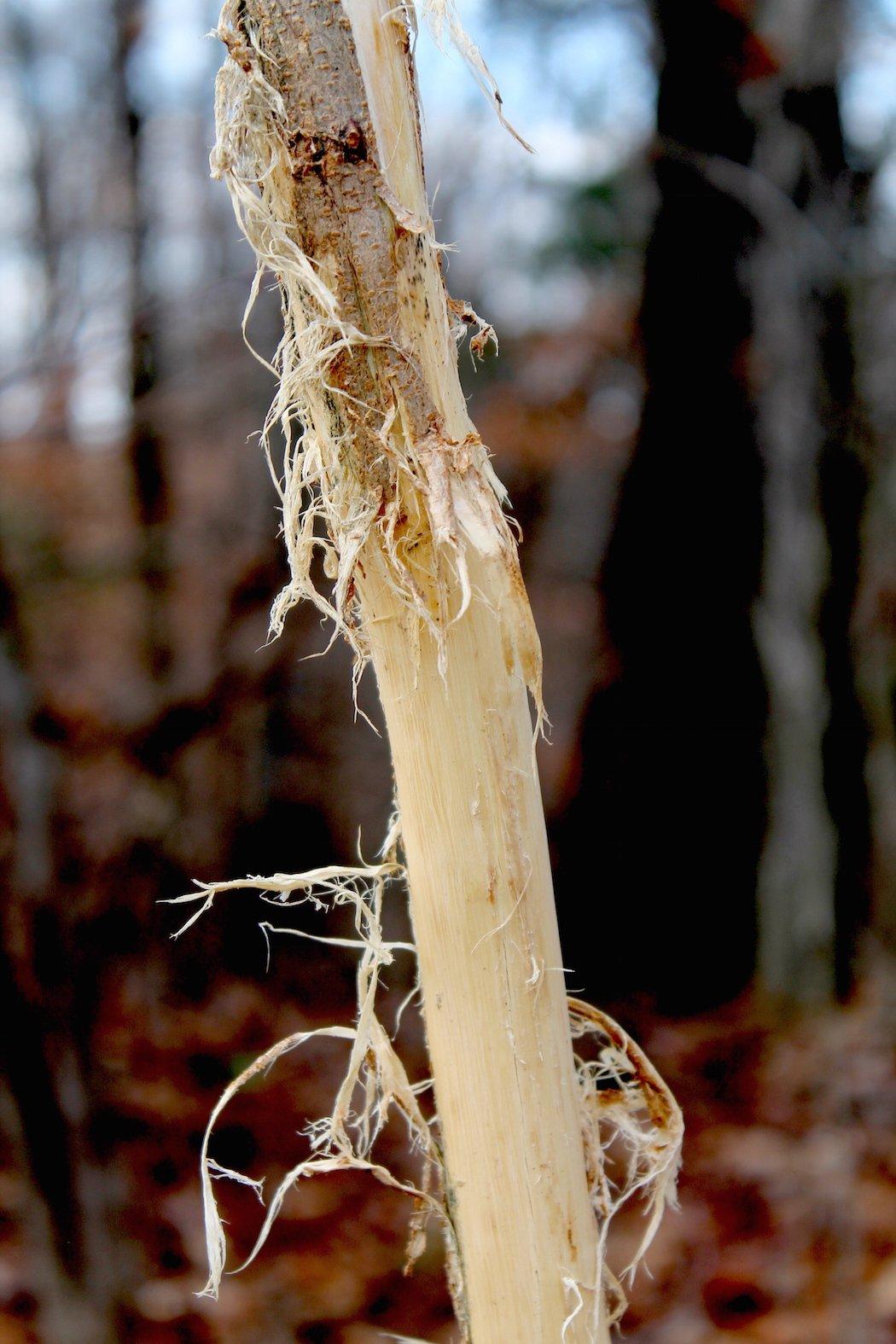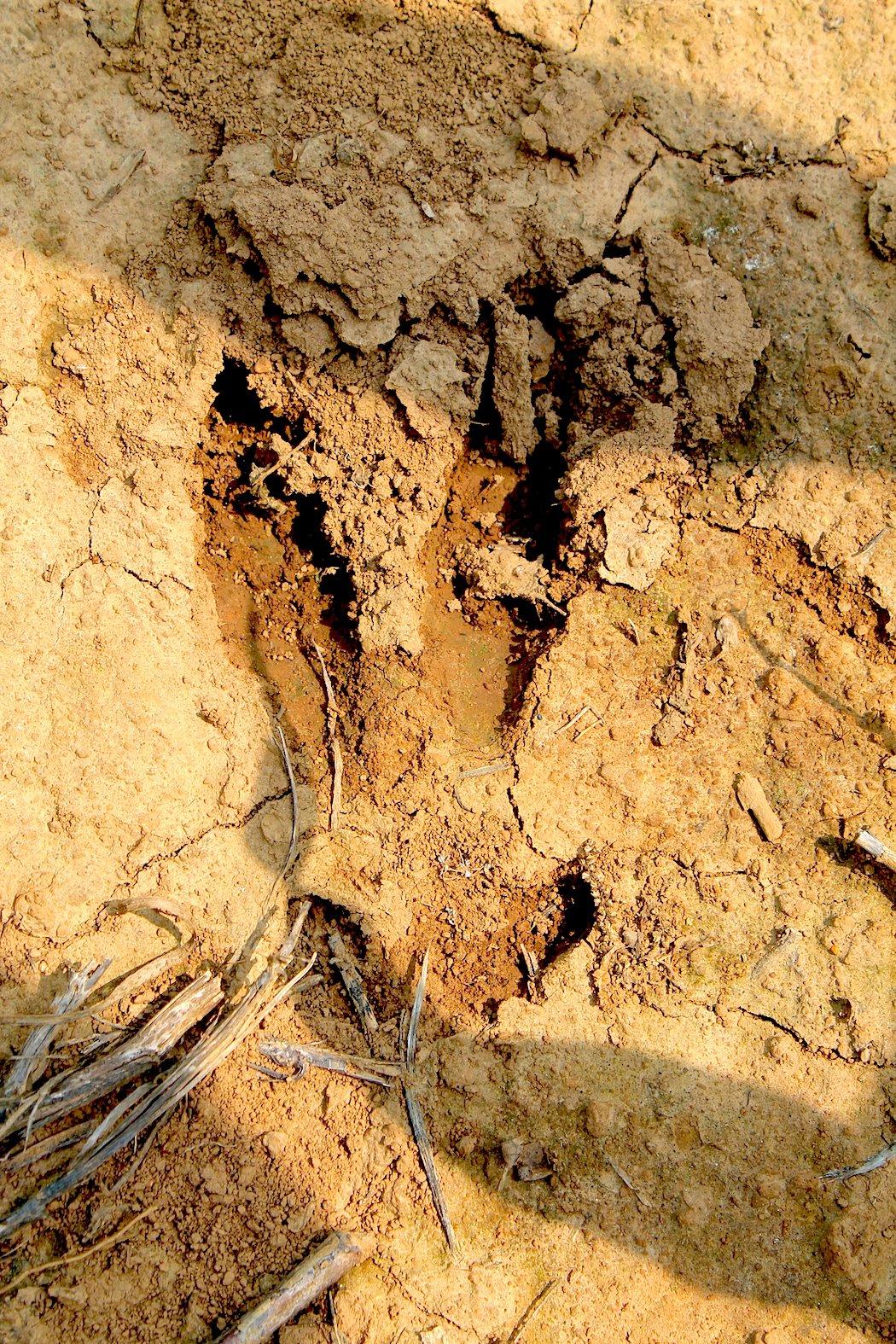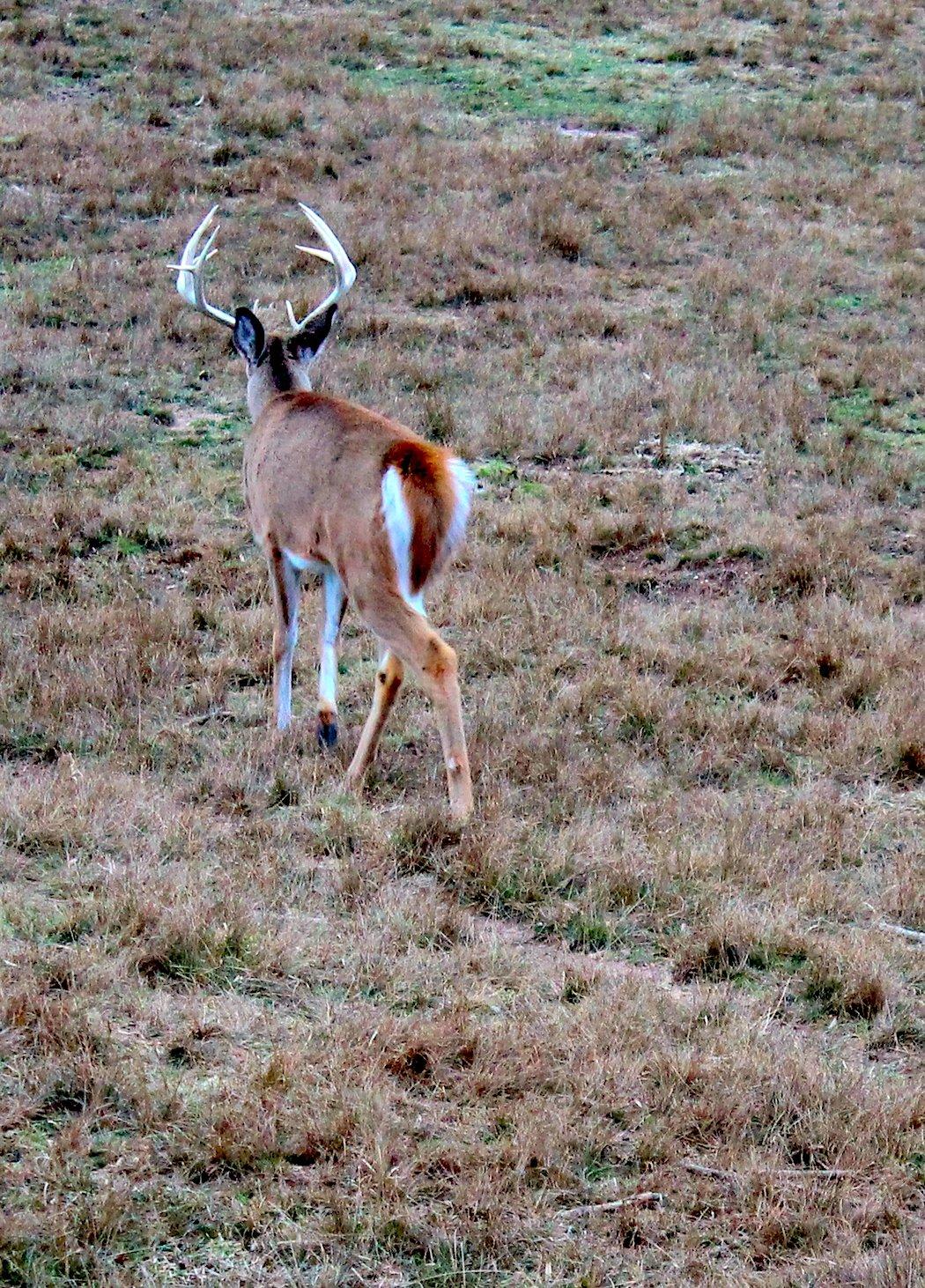These Things Aren't Talked About Every Day
Bowhunting mature whitetails is my greatest passion. It's what I love to do. It's who I am. And so I spend a lot of time studying them.
There are a lot of things about whitetails that we still don't know. Much of it we may never figure out. But that's the challenge. That's what makes hunting these elusive critters so much fun.
In the world of outdoor media, a lot of theories and ideas float around. Some of them are true. Some of them aren't. Simple as that. Hunters abide by a lot of traditions‚ some of which they live and die by‚ that define the hunter they are. Those same traditions and principles define their success, one way or the other, too.
I'll be up front: I'm going to ruffle some feathers with some of what I have to say here, especially on wind. But that's okay. I only write about what I've come to know through my real-life experiences as a deer hunter. And I'll stand behind those same theories and concepts until I'm proven wrong.
I'll use the 4-year-old Kentucky buck I shot in full velvet last season to illustrate each of these five things. We'll call it a case study, so to speak.

Scouting is important. That's no secret. But how we scout is where we sometimes go astray. Many hunters scout as if scouting doesn't pressure deer. Big mistake. Low-impact scouting strategies are the way. I don't even scout from afar if I don't have a good vantage point that is downwind of deer and far enough away they won't detect me.
Finding mature bucks is about two things: food and cover. Find where the buck is bedding. Find where it's eating. Connect the two. But it isn't that simple. What travel routes will the buck use to get there? What winds will it prefer to use with certain trails? What time of day is that buck traveling back and forth? How often is that buck traveling to that food source compared to other surrounding food sources? The questions go on. The variables are great in number.
I try to think like a deer to answer these questions. It's difficult to do, but clear your mind and think like you're that buck. Think food, water, security cover, travel routes, terrain, hunting pressure, other deer, etc. If you know where the deer is bedding and feeding, stare at an aerial map and predict its movements as best you can.
Case Study: I saw a big bachelor group last July. I spent time scouting this group of bucks. I couldn't scout them from afar due to wind and location. So I put out three trail cameras in strategic locations to see what their patterns were. The card pulls, paired with in-the-field scouting and aerial maps, told me what I needed to know.

Killing a mature buck is done very meticulously and personally. You have to get to know that deer. Determine what that buck's personality is and you're well on you're way to killing it. Knowing its personality will tip you off to its weaknesses. And every buck has them. Sometimes it's food. Sometimes it's weather. Sometimes it's other deer. It even can be terrain.
Case Study: My unobtrusive scouting efforts revealed to me where the buck was bedding and feeding. I also knew the three different locations where the deer entered the field of an afternoon and why its entry routes varied. But more on that in a moment.
It turned out the buck I killed had two weakness. The first was it ran with a younger buck. Anytime that 3-year-old deer entered the field, the big deer I was after wasn't far behind. This is common among early-season bucks. Mature deer sometimes group up with bucks younger than them and fall into the youngers' patterns.
This buck's other weakness was food. My stand location was between that deer's bedding area and the only viable food source within a mile. That's big. The point: You have to recognize situations you're in to capitalize on them.

Okay, so not everything is a lie. Some of it's true. Keeping the wind in your face, never walking upwind of a bedding area, not allowing your scent to get to a deer's nose, those things are all true. Very true. But for people who hunt in the real world, I have some news.
You don't always want the wind in your face. As a matter of fact, I usually don't. Here's why: Mature bucks move better (in a given area) when they think the wind is in their favor. Think I'm lying? Watch deer over a period of time. Or monitor with trail cameras. Either one will work. But watch to see where that buck enters the open from and make note of the wind direction. I think you'll almost always see the buck used the wind to its advantage to get where it was going. If the wind is in your favor, and not the buck's, chances of seeing it are less because it won't move until dark, or it will take another route where the wind is more to its advantage.
Case Study: I knew where the buck was bedded the day I went in to hunt it. I'd glassed it run back across the field to the block of timber it was bedding in that morning. That afternoon, the wind was blowing perpendicular to the treeline my stand was in. That means the wind was blowing straight from the treeline directly into the field.
That afternoon, the buck‚ along with its running mate and a doe‚ came out on the far side of the field. Where it entered allowed it to wind any predator that might have been waiting in the timber. Upon entering the field, that buck traveled parallel to the treeline about 70 yards out. It walked that line all the way to me. All the while, the wind was blowing straight from the treeline to it. I stopped the buck about 40 yards shy of catching my wind and took a 45-yard, slightly quartering-to shot.
That buck was smart. It thought the wind was in its favor. And I let it think that. Because I knew where it would enter the field and at what point it would smell me. I shot it before it got there. But by hunting that spot when the wind was more favorable for the deer than me is what allowed me to kill it. Again, it's risky. But it's proven useful for me. Hunt the wind based on when deer think it's good for them instead.

Balancing efforts of scouting and getting to know a buck's personality and pressuring it while doing so is a very fine line. And we walk it with very little wiggle-room. I've always said killing a mature deer isn't hard. It's everything that leads up to killing it that is. And it's tough. Really tough. But that's the way it is.
A deer can tell when you've been there once it crosses your track. Even if you've taken scent elimination into account. But you can get away with minute hiccups out in the open. It's when those hiccups happen in the cover and close to bedding areas that bucks start to change their behavior. Because that's when they know they're being hunted. Once that switch in their brain clicks, they go from reclusive to invisible.
All in all, don't pressure deer. See that list of don'ts below.
- Don't put trail cameras in woods. Put them on the edges of woods.
- Don't walk into woods deer use as security cover or bed in.
- Don't leave scent behind. Ride a four-wheeler. Drive your vehicle up to check cameras. Wear scent-free rubber boots.
- Don't use bad entry and exit routes.
Case Study: I never invaded this deer's space while scouting it. I always made sure I was scent-free when checking cameras. I always made sure the wind was right when pulling cards. My entry and exit routes were safe. I didn't get anywhere close to its bedding area. And I went the extra mile to make sure I stayed off this deer's radar. It led to me killing a great buck.

Overhunting a stand‚ or a general location‚ will destroy any chances of killing a mature deer. They're already hard to hunt. Wait for the right conditions to move in. The best time to catch a mature deer on its feet is during a severe weather change. That can be a big drop in temperature after a period of warm weather or a big increase in temperature after a period of severe cold. Simply put: deer like weather changes.
The next best time is right before or after a front. It's hard to beat high pressure after a front passes through. Another good time to hunt is right after a light rain shower.
Case Study: The timing was right when I killed my deer. And I didn't overhunt it. I shot it within the first few days. Once you hunt a deer three or four times, odds of killing it go way down. You run the risk of pressuring it. Wait for the right time. Move in to hunt when conditions are in your favor.

It takes painfully detailed plans to consistently kill mature bucks. But it's possible. And the reward is great. This is the case study buck I arrowed last fall. A dandy Kentucky velvet buck.







